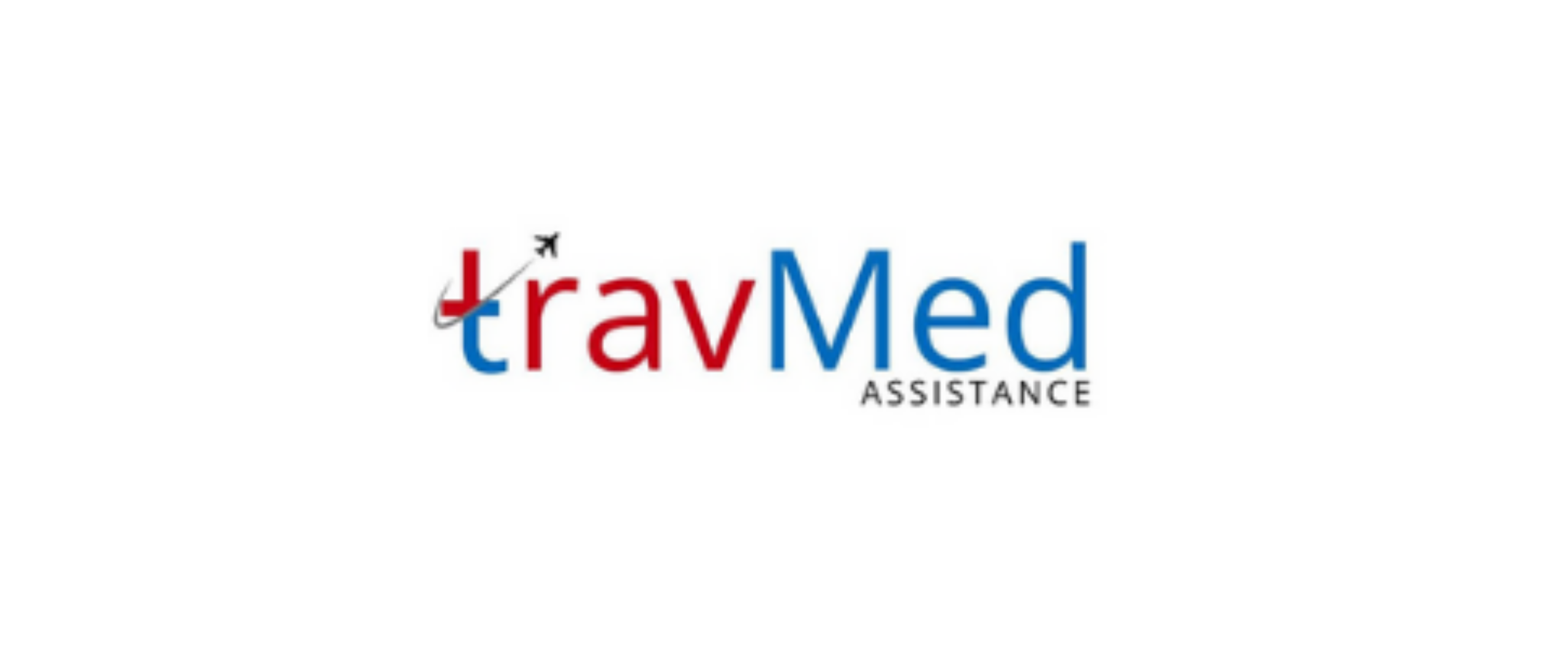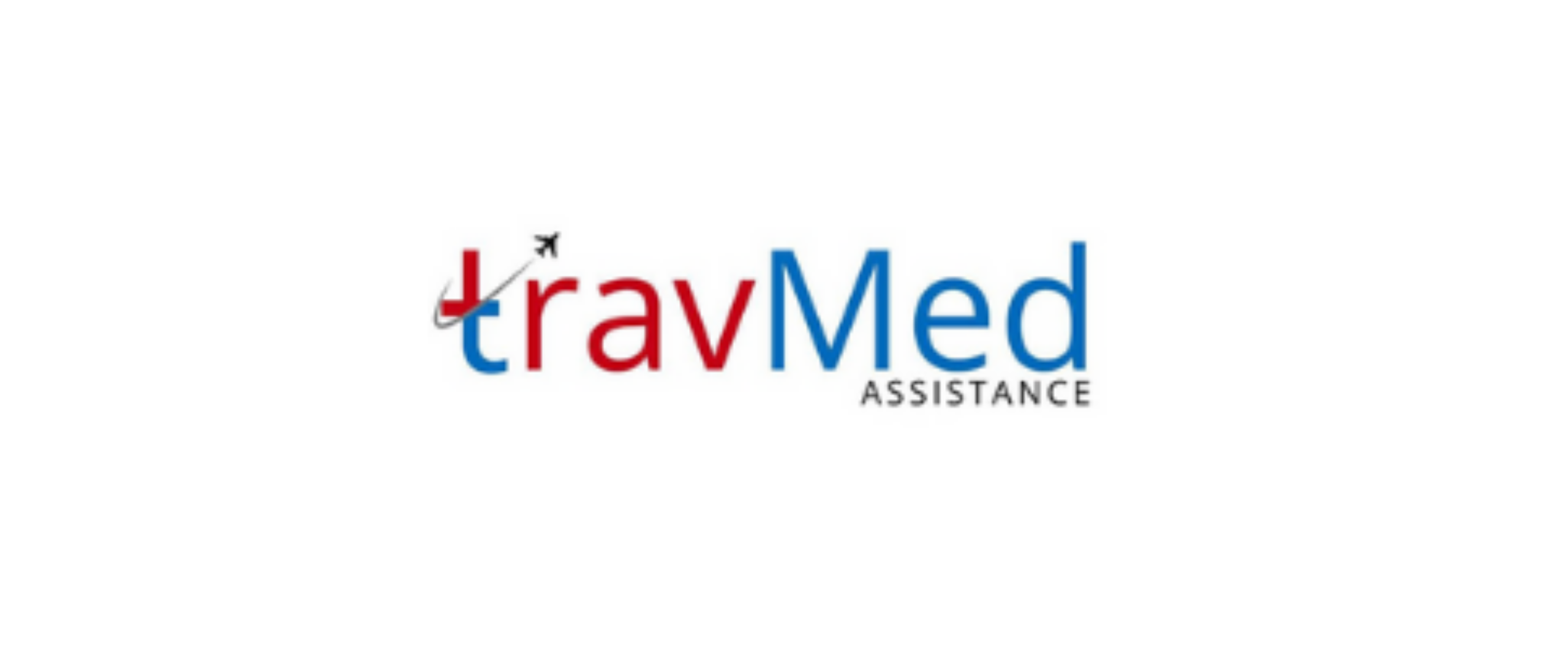
Quality standards in medical cost containment services refer to the established benchmarks and criteria that ensure the effective management of healthcare expenses while maintaining high-quality patient care. These standards encompass various aspects of the cost containment process, including accuracy in medical billing, appropriate utilization of resources, and adherence to evidence-based treatment protocols. In Nepal, quality standards aim to optimize healthcare costs without compromising patient outcomes. They involve systematic approaches to identify and eliminate unnecessary expenses, negotiate fair pricing with healthcare providers, and implement efficient claims processing systems. Quality standards also emphasize transparency in billing practices, proper documentation, and compliance with regulatory requirements to ensure ethical and effective cost management in the healthcare sector.
Who sets quality standards for cost containment in Nepal?
In Nepal, multiple entities collaborate to establish and enforce quality standards for medical cost containment services. The Ministry of Health and Population plays a central role in developing overarching healthcare policies and guidelines. The Nepal Medical Council, as the regulatory body for medical professionals, contributes to setting standards related to medical practices and billing. The Health Insurance Board of Nepal is instrumental in defining quality benchmarks for cost containment in the health insurance sector. Additionally, professional associations like the Nepal Medical Association and the Association of Private Health Institutions of Nepal participate in shaping industry standards. International organizations such as the World Health Organization (WHO) and the Joint Commission International (JCI) also influence quality standards in Nepal through their global best practices and accreditation programs.
How are medical cost containment services managed?
Medical cost containment services in Nepal are managed through a multifaceted approach involving various stakeholders and processes. Healthcare providers implement internal cost management systems to monitor and control expenses across different departments. Third-party administrators (TPAs) often play a crucial role in managing claims processing, utilization review, and network management for insurance companies and self-insured employers. These services involve detailed analysis of medical claims, negotiation with healthcare providers, and implementation of fraud detection mechanisms. Case management programs are utilized to coordinate care for complex medical cases, ensuring optimal resource utilization. Technology plays a significant role, with electronic health records (EHRs) and data analytics tools being employed to identify cost-saving opportunities and track key performance indicators. Regular audits and performance reviews are conducted to ensure the effectiveness of cost containment strategies.
What documents are required for cost containment services?
The following documents are typically required for medical cost containment services in Nepal:
- Detailed medical bills and invoices
- Patient medical records and treatment history
- Insurance policy documents (if applicable)
- Prescription records and medication lists
- Diagnostic test results and imaging reports
- Physician notes and treatment plans
- Hospital admission and discharge summaries
- Consent forms for medical procedures
- Pre-authorization documents for specific treatments
- Proof of identity and residency status
- Referral letters from primary care physicians
- Any relevant legal documents (e.g., power of attorney)
How much do quality cost containment services cost?
The cost of quality medical cost containment services in Nepal varies depending on several factors, including the scope of services, the complexity of medical cases, and the volume of claims processed. For healthcare providers, implementing cost containment systems may involve initial investments in technology and staff training. These costs can range from NPR 500,000 to NPR 5,000,000 or more, depending on the size of the facility. For insurance companies and TPAs, the cost of cost containment services is often calculated as a percentage of the total claims processed, typically ranging from 3% to 8%. Some providers charge a flat fee per claim, which can vary from NPR 500 to NPR 2,000 per claim. For individual patients, the cost of accessing cost containment services may be included in their insurance premiums or charged separately, with fees ranging from NPR 1,000 to NPR 5,000 per case review.
How long does it take to implement cost containment?
The implementation timeline for medical cost containment services in Nepal can vary significantly based on the complexity of the healthcare system and the scope of the implementation. For small to medium-sized healthcare providers, basic cost containment measures can be implemented within 3 to 6 months. This includes staff training, setting up billing review processes, and implementing basic data analysis tools. For larger healthcare systems or insurance companies, a comprehensive cost containment program may take 12 to 18 months to fully implement. This longer timeline accounts for the integration of advanced software systems, establishment of provider networks, and development of complex utilization review protocols. The implementation process typically involves several phases, including assessment, planning, system development, staff training, pilot testing, and full-scale rollout. Ongoing refinement and optimization of cost containment strategies continue beyond the initial implementation period.
Are services available for foreign patients?
Medical cost containment services are indeed available for foreign patients seeking healthcare in Nepal. Many hospitals and healthcare providers in major cities like Kathmandu and Pokhara offer specialized services catering to international patients. These services often include dedicated international patient departments that assist with cost estimation, billing, and coordination with overseas insurance providers. Some facilities have partnerships with international cost containment companies to ensure seamless service delivery. Foreign patients can access services such as pre-treatment cost estimates, negotiated rates with healthcare providers, and assistance with claims processing. However, the availability and extent of these services may vary depending on the healthcare facility and the patient’s country of origin. It’s advisable for foreign patients to confirm the availability of cost containment services with their chosen healthcare provider or through their travel insurance company before seeking treatment in Nepal.
How are quality standards ensured in cost containment?
Quality standards in medical cost containment services in Nepal are ensured through a combination of regulatory oversight, internal quality control measures, and external audits. The Nepal Medical Council and the Ministry of Health and Population conduct regular inspections and audits of healthcare facilities to ensure compliance with national standards. Healthcare providers and insurance companies often implement internal quality assurance programs, which include regular staff training, performance evaluations, and process audits. Many organizations adopt international quality management systems such as ISO 9001 to standardize their processes. Third-party auditors are frequently engaged to conduct independent assessments of cost containment practices. Key performance indicators (KPIs) such as claims processing accuracy, turnaround times, and customer satisfaction scores are monitored and reported regularly. Peer review processes are also implemented to ensure that medical necessity determinations and utilization reviews meet established quality standards.
Can cost containment be customized for patients?
Cost containment services in Nepal can be customized to meet the specific needs of individual patients. This personalized approach takes into account factors such as the patient’s medical condition, financial situation, and insurance coverage. For patients with chronic conditions, customized case management programs can be developed to optimize long-term care and reduce costs. Tailored payment plans and negotiated rates with healthcare providers can be arranged for patients facing financial hardships. For patients with complex medical needs, specialized care coordination services can be implemented to ensure efficient utilization of resources across multiple healthcare providers. International patients may receive customized services that address language barriers and facilitate coordination with their home country’s healthcare system. However, the extent of customization may be limited by regulatory requirements and the capabilities of the healthcare provider or insurance company. Patients are encouraged to discuss their specific needs with their healthcare provider or insurance representative to explore customization options.
How do I access cost containment services?
To access medical cost containment services in Nepal, follow these steps:
- Contact your health insurance provider to inquire about available cost containment services.
- If uninsured, research and contact third-party administrators (TPAs) specializing in cost containment.
- Consult with the billing or patient services department at your healthcare facility.
- For complex medical cases, inquire about case management services at your hospital.
- If you’re an international patient, contact the international patient department of your chosen hospital.
- Explore online platforms that offer cost comparison and negotiation services for medical procedures.
- Consult with patient advocacy groups for guidance on accessing cost containment resources.
- For employer-sponsored health plans, contact your HR department for information on available services.
- Consider engaging a medical billing advocate to assist with cost containment on your behalf.
- Research government programs or non-profit organizations that may offer cost containment assistance.
Are services available 24/7 in Nepal?
Medical cost containment services in Nepal are increasingly available on a 24/7 basis, particularly in major urban centers and for emergency situations. Many large hospitals and healthcare providers offer round-the-clock billing and insurance coordination services to accommodate urgent medical needs. Third-party administrators (TPAs) often maintain 24/7 helplines for claims processing and pre-authorization requests. For international patients, some facilities provide 24-hour assistance for cost estimates and billing inquiries. However, the availability of comprehensive cost containment services outside of regular business hours may be limited in smaller healthcare facilities or rural areas. Emergency medical services typically have protocols in place to manage costs even during off-hours, but detailed cost containment processes may be addressed during the next business day. Patients are advised to confirm the availability of 24/7 cost containment services with their healthcare provider or insurance company, especially for non-emergency procedures or inquiries.
How is customer feedback incorporated into services?
Customer feedback plays a vital role in shaping and improving medical cost containment services in Nepal. Healthcare providers and insurance companies employ various methods to collect and incorporate patient feedback:
- Patient satisfaction surveys are conducted regularly to assess the quality of cost containment services.
- Feedback forms are provided at various touchpoints throughout the healthcare journey.
- Online platforms and social media channels are monitored for patient comments and reviews.
- Focus groups and patient advisory committees are organized to gather in-depth insights.
- Complaint management systems are established to address and learn from patient grievances.
- Regular analysis of feedback data is conducted to identify trends and areas for improvement.
- Staff training programs are updated based on common issues highlighted in patient feedback.
- Key performance indicators (KPIs) related to patient satisfaction are incorporated into service evaluations.
- Continuous improvement initiatives are implemented based on recurring themes in customer feedback.
- Annual reports often include sections detailing how patient feedback has influenced service enhancements.


